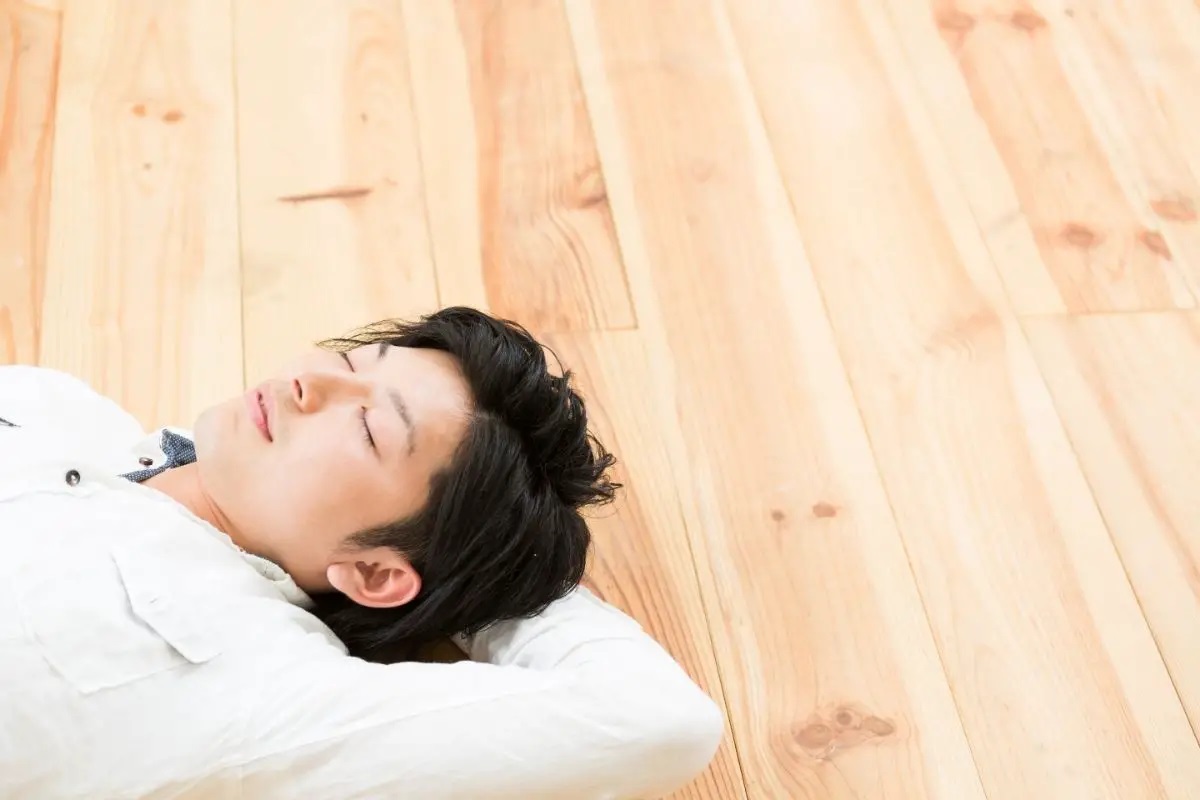

Articles
Why Do Japanese People Sleep On The Floor
Modified: May 6, 2024
Discover the cultural tradition of sleeping on the floor in Japan. Read our articles to learn why Japanese people prefer this unique sleeping arrangement.
(Many of the links in this article redirect to a specific reviewed product. Your purchase of these products through affiliate links helps to generate commission for Storables.com, at no extra cost. Learn more)
Introduction
When it comes to sleeping habits, cultural differences can be fascinating to explore. One such intriguing cultural practice is the tradition of sleeping on the floor, which is commonly observed in Japan. While most people in western countries are accustomed to sleeping on elevated beds, the idea of sleeping close to the ground might seem unconventional or even uncomfortable. However, for many Japanese people, sleeping on the floor is not only a cultural custom but also a way of life that carries a unique set of benefits.
In this article, we will delve into the cultural background behind this practice, understand the historical influences that shaped it, explore the health benefits associated with sleeping on the floor, and consider some of the practical considerations and modern adaptations that have emerged over time.
While the idea of sleeping on the floor may initially appear strange or unconventional to some, it is important to approach this topic with an open mind and appreciate the diverse ways in which different cultures approach everyday activities, including something as basic as sleeping. Let us explore the fascinating world of Japanese sleeping habits and the reasons behind their choice to sleep on the floor.
Key Takeaways:
- Embracing the tradition of sleeping on the floor in Japan reflects cultural values of minimalism, family bonding, and a deep connection to nature, offering potential health benefits and a unique way of resting.
- While modern adaptations provide comfort and flexibility, the tradition of sleeping on the floor in Japan embodies historical influences, promoting togetherness, proper posture, and a sense of harmony within families.
Read more: Why Do Japanese Sit On The Floor
Cultural Background
The practice of sleeping on the floor in Japan has deep cultural roots that date back centuries. The Japanese concept of sleeping on the floor is known as “futon” and is intricately tied to the traditional Japanese way of life. In Japanese homes, the design and arrangement of rooms often revolve around the concept of multifunctionality, where a single room can transform into a living space during the day and a sleeping area at night.
Traditionally, Japanese homes had minimal furniture, and instead of having dedicated bedrooms, people would sleep in common areas called “washitsu,” which are characterized by tatami mats. Tatami mats are made from rice straw and covered in woven rush, providing a comfortable yet firm surface for sleeping. The floor becomes the sleeping space, and futons, which are traditional Japanese bedding consisting of a padded mattress and a blanket, are laid out directly on the floor.
One of the reasons behind this practice is the Japanese philosophy of minimalism and simplicity. The minimalistic design of their living spaces promotes a sense of tranquility and encourages a connection with nature. Sleeping on the floor allows for a close proximity to the earth and the natural elements, creating a sense of groundedness and harmony.
Moreover, the practice of sleeping on the floor is deeply ingrained in everyday Japanese life and is passed down through generations as a cultural tradition. From childhood, Japanese individuals are accustomed to sleeping on the floor and view it as a normal and comfortable way of resting.
Another important cultural aspect linked to sleeping on the floor is the concept of communal living. In traditional Japanese households, several family members often share the same room for sleeping, fostering a sense of closeness and promoting family bonding. This shared sleeping space encourages a sense of unity and reinforces social connections within the family unit.
It is important to note that while sleeping on the floor is a common practice in Japan, not all Japanese people adhere to this tradition in modern times. With the influence of western lifestyles and the availability of different bed designs, many Japanese households have started opting for beds and mattresses. However, the cultural significance and nostalgia associated with futons and sleeping on the floor remains strong in Japanese society.
Traditional Sleeping Arrangements
In traditional Japanese households, the arrangement for sleeping on the floor is carefully planned and follows a specific order. The designated sleeping area, known as the “shifuku,” is typically located towards the center of the room and is surrounded by other multifunctional spaces.
At night, the futon, which consists of a thick mattress called “shikibuton” and a quilted blanket known as “kakebuton,” is laid out on the tatami mats. The futon is designed to be easily rolled up and stored during the day to free up space in the room.
The layout of the room often depends on the size of the family and the available space. In larger households, multiple futons are placed side by side to accommodate family members. It is not uncommon for siblings to share a futon, fostering a sense of togetherness and strengthening family bonds.
Additionally, a small wooden pillow called “makura” is used to provide support for the head. These wooden pillows are traditionally used to help maintain proper alignment of the neck and spine during sleep. However, modern adaptations of sleeping on the floor often use more conventional pillows for added comfort.
It is important to mention that the practice of sleeping on the floor is not limited to traditional homes. Even in modern apartments and houses with western-style bedrooms, it is not uncommon to find a tatami room or a designated area where futons can be laid out for overnight guests or for individuals who prefer the traditional sleeping style.
The traditional sleeping arrangements in Japan emphasize simplicity, mindfulness, and the efficient use of space. The practice not only serves as an efficient way to transform a living area into a sleeping space but also reflects the cultural values of minimalism, harmony, and preservation of tradition.
Historical Influences
The tradition of sleeping on the floor in Japan is deeply intertwined with the country’s rich history and cultural heritage. The origins of this practice can be traced back to ancient times, where the foundation for the Japanese way of life was laid.
One significant influence in the development of the traditional sleeping practices is Buddhism. When Buddhism was introduced to Japan from China in the 6th century, it brought with it the concept of simplicity and minimalism. Buddhist monks, who traveled from China to Japan, would often sleep on the floor in meditation rooms or monastic spaces. This concept of sleeping close to the ground, influenced by Buddhist teachings, gradually spread to the wider population.
Another historical influence comes from the Edo period (1603-1868), which was characterized by a strict social hierarchy and a booming merchant class. During this time, the samurai class would often sleep on the floor in their minimalist-style homes, practicing simplicity and following their code of conduct.
The Edo period also witnessed the rise of the tokonoma, a small elevated alcove found in traditional Japanese rooms. The tokonoma served as a display space for art objects or calligraphy scrolls and became the focal point of the room. This elevated area further reinforced the idea of the floor as the sleeping space, while the alcove represented a spiritual and aesthetic space for appreciation.
Furthermore, Japan’s historical connection to nature plays a significant role in the cultural preference for sleeping on the floor. Japan is a country with frequent earthquakes and tsunamis, which have led to a preference for low-rise and flexible living spaces. Sleeping on the floor provides a sense of stability and safety, as well as a deeper connection to the earth.
Overall, the historical influences of Buddhism, the social structure of the samurai class, and the emphasis on a connection to nature have all contributed to the development and preservation of the tradition of sleeping on the floor in Japan.
Sleeping on the floor in Japan, known as “tatami sleeping,” is believed to have health benefits such as improved posture and circulation. It is also a traditional practice that is deeply rooted in Japanese culture and history.
Health Benefits of Sleeping on the Floor
The practice of sleeping on the floor in Japan is not just a cultural norm but also has several potential health benefits. While scientific research specifically focused on the benefits of sleeping on the floor is limited, many individuals who follow this tradition claim that it improves their well-being in various ways.
One of the main purported health benefits is improved posture. Sleeping on a firm surface like the floor encourages better alignment of the spine and can help alleviate issues such as back and neck pain. Without the use of a soft mattress, the body is forced to distribute weight evenly, supporting a more natural posture during sleep.
Sleeping on the floor can also lead to better joint health. The firmness of the floor provides a stable surface for the body, minimizing unnecessary pressure on joints and potentially reducing the risk of conditions such as arthritis.
In addition, sleeping on the floor may improve circulation. The lack of a cushioning mattress allows for better blood flow throughout the body, promoting optimal circulation and reducing the likelihood of developing circulatory issues.
Another significant benefit is improved flexibility and body awareness. When sleeping on the floor, individuals are required to engage their core muscles and use their bodies to get up and down. This constant movement and stretching can contribute to increased flexibility over time.
Furthermore, the practice of sleeping on the floor may aid in proper digestion and relieve digestive issues. Lying flat on the floor can help maintain proper alignment of the digestive organs, facilitating the natural flow of food and reducing discomfort.
It’s important to note that while these potential health benefits exist, they may not apply to everyone. Individual preferences and physical conditions should be taken into consideration when deciding on a sleeping surface.
Before embarking on sleeping on the floor, it is crucial to consult with a healthcare professional, especially if you have any pre-existing medical conditions or concerns. They can provide personalized guidance and recommendations based on your specific health needs.
While some of these health benefits remain anecdotal or based on personal experiences, the practice of sleeping on the floor has been passed down through generations, suggesting that it has served Japanese individuals well in terms of their overall well-being.
Read more: Why Do People Eat Grass
Practical Considerations
While the idea of sleeping on the floor may seem intriguing, there are practical considerations to take into account before adopting this practice.
One of the main considerations is comfort. Sleeping on a hard surface like the floor can take time to adjust to, especially if you are accustomed to sleeping on a soft mattress. It may be necessary to gradually transition to a lower and firmer sleeping surface to allow your body to adapt. Additionally, investing in high-quality futons or sleeping mats can improve comfort levels, providing padding and insulation against the cold floor.
Another factor to consider is the temperature of the floor. In colder climates, the floor can become quite chilly, which may require the use of extra bedding or heating solutions to ensure warmth during sleep. Proper insulation and heating systems in the room should be taken into account to create a comfortable sleeping environment.
Additionally, proper maintenance and care of the tatami mats or the sleeping surface are essential. Tatami mats should be regularly aired out and cleaned to prevent the growth of mold or mildew, as the floor is more susceptible to moisture retention. Similarly, if using a futon or sleeping mat, proper airing and cleaning should be practiced to ensure hygiene and longevity.
For individuals with mobility issues or physical conditions, sleeping on the floor may not be advisable. It’s important to consider your specific needs and consult with a healthcare professional before making any changes to your sleeping arrangement.
Finally, it’s worth mentioning that the practice of sleeping on the floor requires a particular lifestyle and home setup. In Japan, homes are often designed to accommodate this tradition, with specific areas and storage solutions for futons and tatami mats. Adapting this practice in a Western-style home may require adjustments and modifications to create a suitable sleeping space.
Ultimately, the decision to sleep on the floor should be based on personal preference, comfort, and individual circumstances. It may be beneficial to try sleeping on a firm surface for a short period to gauge your comfort level before committing to a long-term change.
Considering these practical aspects and making necessary adjustments can help ensure a comfortable and enjoyable experience when choosing to sleep on the floor.
Modern Alternatives and Adaptations
While sleeping on the floor remains a meaningful and respected tradition in Japan, modern lifestyles and personal preferences have led to the emergence of alternative sleeping arrangements and adaptations.
One popular modern alternative is the use of low-rise beds or platform beds. These beds offer a compromise between the traditional floor sleeping style and the elevated western-style beds. Low-rise beds typically have a minimalistic design, close to the ground, providing a similar aesthetic and feeling to the traditional sleeping experience.
Another adaptation is the use of futon sets that can be placed directly on the bedframe. These futons often mimic the traditional shikibuton and kakebuton, providing a similar feeling and experience as sleeping on the floor while benefiting from the convenience of a raised surface.
In recent years, there has also been a rise in the popularity of futon-style mattresses that can be rolled up and stored easily. These mattresses offer the flexibility of traditional futons while providing the comfort of a thicker mattress. They can be used directly on the floor or on a low-rise bedframe, catering to personal preferences.
Additionally, advancements in materials and technology have led to the creation of futons and sleeping mats that are more comfortable and ergonomic. These modern adaptations often incorporate memory foam or other supportive materials, offering enhanced back support and overall comfort.
Furthermore, some individuals opt for hybrid sleeping styles, combining the use of futons or sleeping mats with the convenience of a conventional bed. This allows for a customizable sleeping experience that suits individual preferences and comfort levels.
It is important to note that while modern alternatives and adaptations may deviate from the traditional practice of sleeping on the floor, they still maintain a connection to the cultural heritage and values associated with this sleeping style. They provide a flexible solution that blends the benefits of the traditional practice with the modern comforts and conveniences of contemporary life.
Ultimately, the choice between sleeping on the floor, using a low-rise bed, or opting for modern adaptations depends on personal preference, comfort, and the desire to maintain cultural connections. Each option provides its own set of advantages and allows individuals to create a sleeping environment that aligns with their lifestyle and personal needs.
Conclusion
The tradition of sleeping on the floor in Japan is deeply rooted in the cultural fabric of the country. It embodies the principles of minimalism, harmony, and a strong connection to nature. While it may seem unconventional in Western societies, sleeping on the floor carries cultural significance and is seen as a comfortable and natural way of resting for many Japanese individuals.
Throughout history, the practice of sleeping on the floor has been influenced by Buddhism, the social structure of the samurai class, and the Japanese affinity for simplicity and nature. It has fostered a sense of togetherness in families, promoted proper posture and alignment, improved flexibility, and potentially offered other health benefits such as improved circulation and digestion.
However, as times have changed, so too have sleeping habits. Modern alternatives and adaptations, such as low-rise beds and hybrid sleeping styles, have emerged to cater to individual preferences and modern lifestyles. These adaptations maintain a connection to the cultural heritage while offering added comfort and convenience.
Ultimately, the decision to sleep on the floor or explore modern adaptations is a personal choice. It is important to consider comfort, practicality, and individual needs when deciding on a sleeping arrangement. Understanding the cultural background and historical influences of sleeping on the floor provides insight into the values and customs of the Japanese people, but it should not limit one’s exploration and openness to new sleeping practices.
Whether one chooses to embrace the tradition of sleeping on the floor, opt for a low-rise bed, or find a hybrid solution, it is crucial to respect and appreciate the diversity of sleeping habits around the world. By doing so, we can gain a deeper understanding and appreciation for the unique ways in which different cultures approach something as basic as sleep.
So next time you think about where to lay your head at night, remember the fascinating world of Japanese sleeping habits and consider the benefits and cultural significance of sleeping on the floor.
Curious about incorporating some traditional Japanese style into your living space? After understanding why many in Japan sleep on the floor, you might be keen to try tatami mats, which offer both comfort and cultural authenticity. These mats are perfect for anyone looking to enhance their home with a touch of Japanese tradition. Learn how to select the best tatami mats and transform your dwelling into a serene, Japanese-inspired haven.
Frequently Asked Questions about Why Do Japanese People Sleep On The Floor
Was this page helpful?
At Storables.com, we guarantee accurate and reliable information. Our content, validated by Expert Board Contributors, is crafted following stringent Editorial Policies. We're committed to providing you with well-researched, expert-backed insights for all your informational needs.







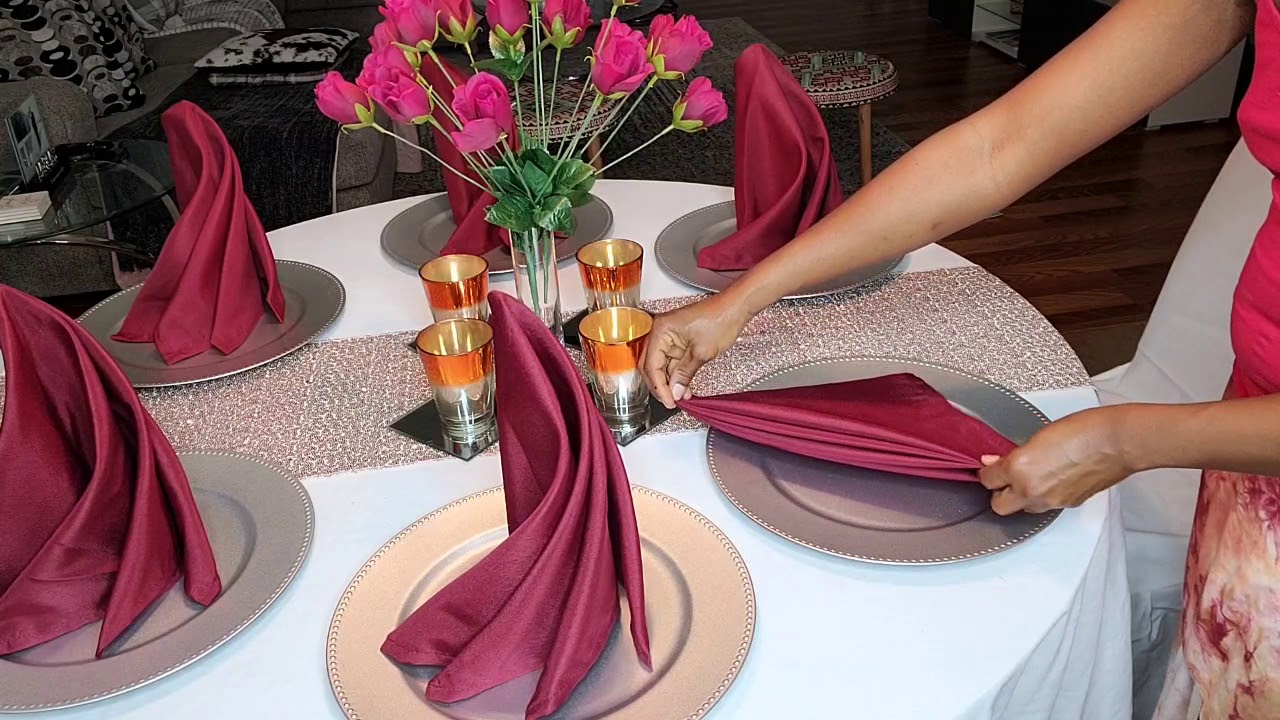

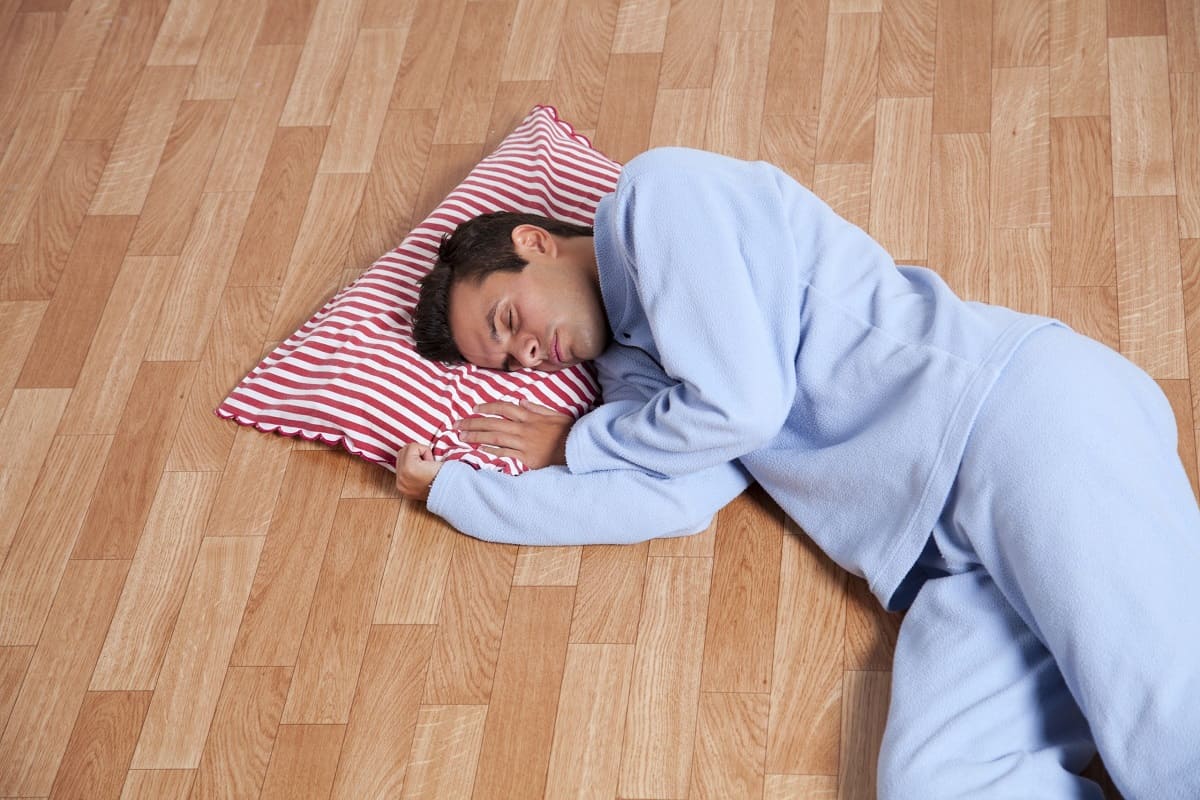
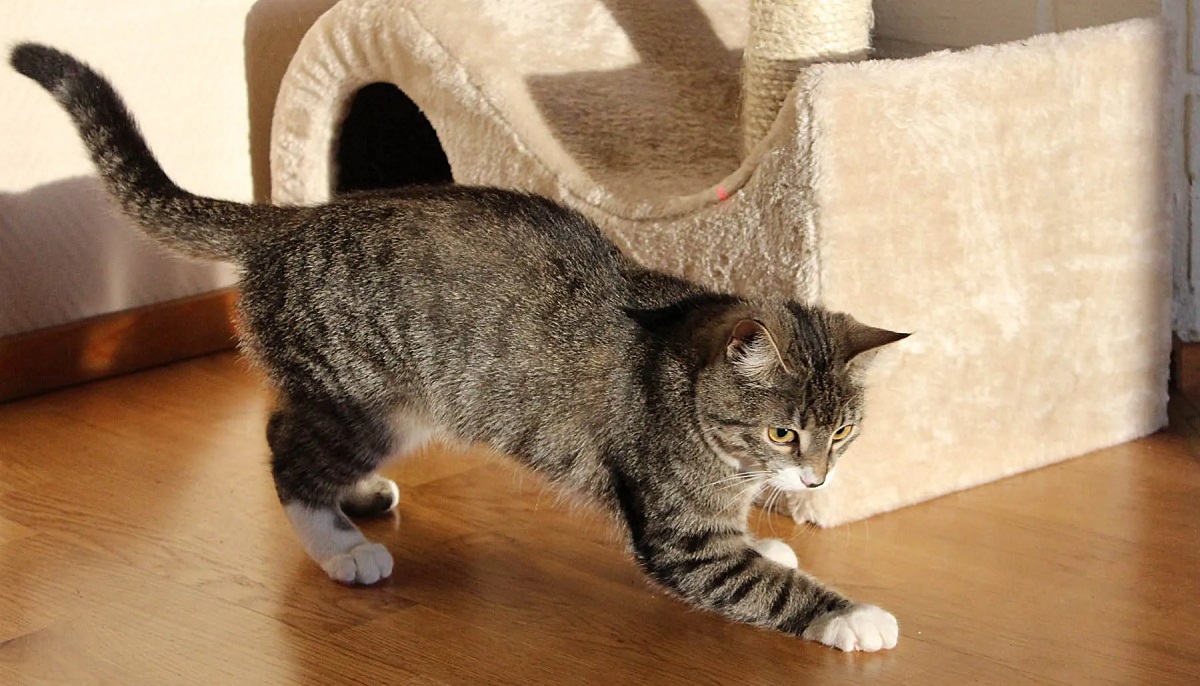

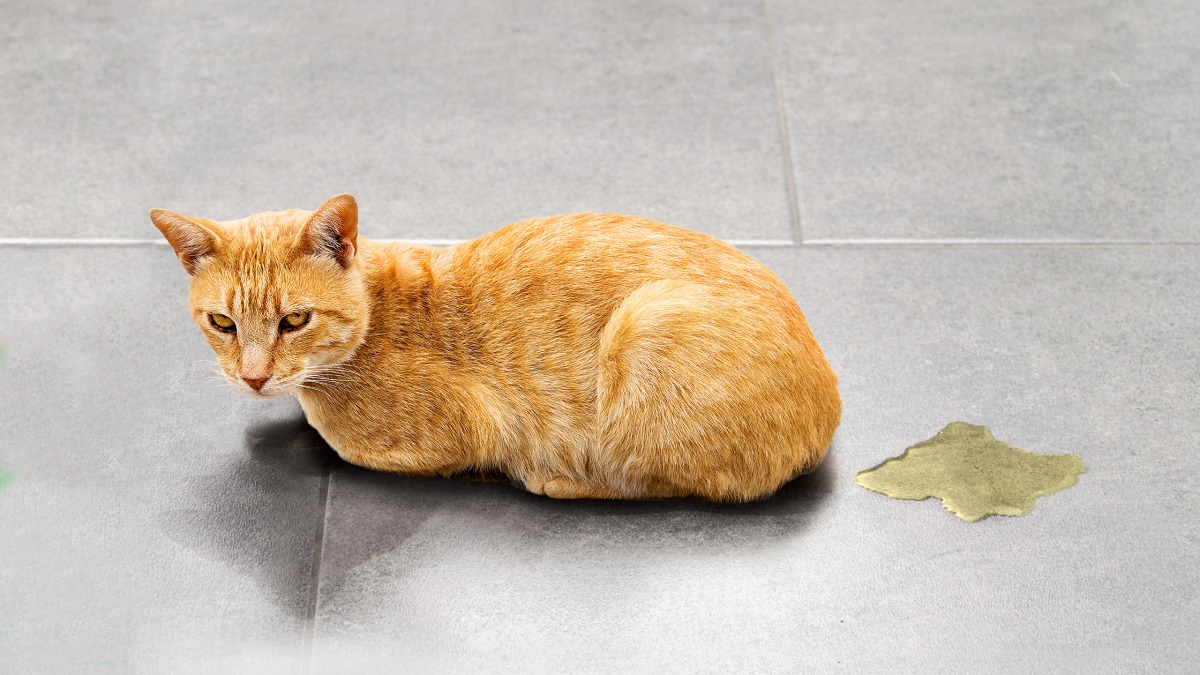


0 thoughts on “Why Do Japanese People Sleep On The Floor”